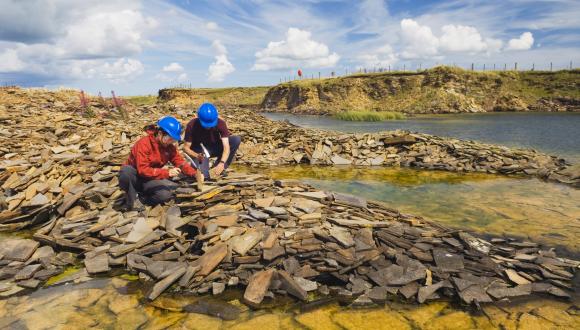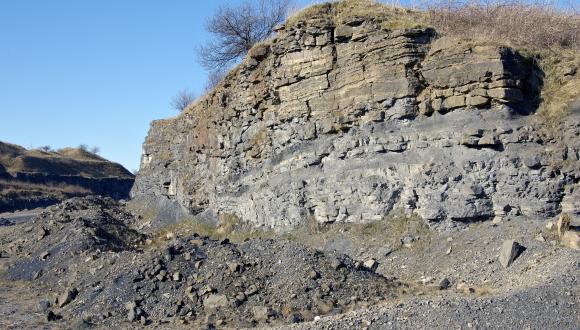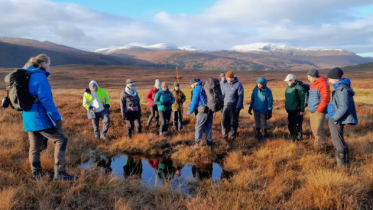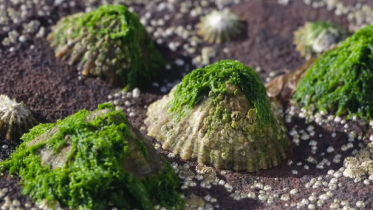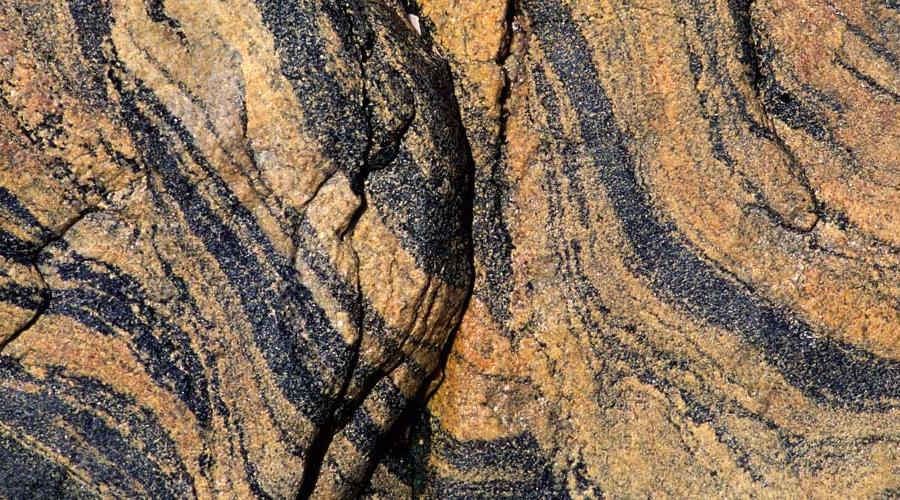
Pressures on geodiversity
Though it appears solid and fixed for all time, Scotland’s geodiversity is at risk from certain activities and land-use changes.
Rock exposures can seem everlasting, but rocks may be lost through removal by quarrying or collecting. Rock outcrops may become obscured by debris or vegetation, or buried beneath waste in disused quarries.
Landforms from our glacial past are irreplaceable, and can be destroyed by development, sand and gravel extraction or afforestation.
Restricting rivers and coasts may seem a good solution to local erosion or flooding, but adverse effects often result. Water and sediment flows are altered, which can destroy wildlife habitat and reduce landscape value and diversity. Intervention at one point can also have a knock-on effect at another.
Fossils provide an invaluable insight into the past. Irresponsible fossil collecting and lack of care by some collectors at certain sites puts this irreplaceable resource at risk. All fossil collectors should follow the Scottish Fossil Code.
Ancient pollen buried in peat bogs and on loch beds tells us about plant colonisation since the last glaciers melted. Drainage of bogs, peat extraction and other land improvement changes may destroy these ‘environmental archives’.
Soil functions vary from growth medium to carbon store, but new development can seal away soil, preventing it from performing these important functions.
